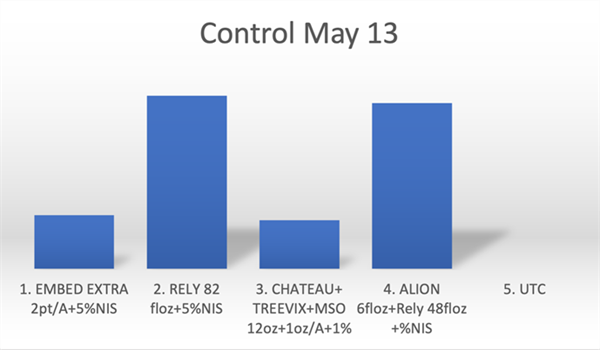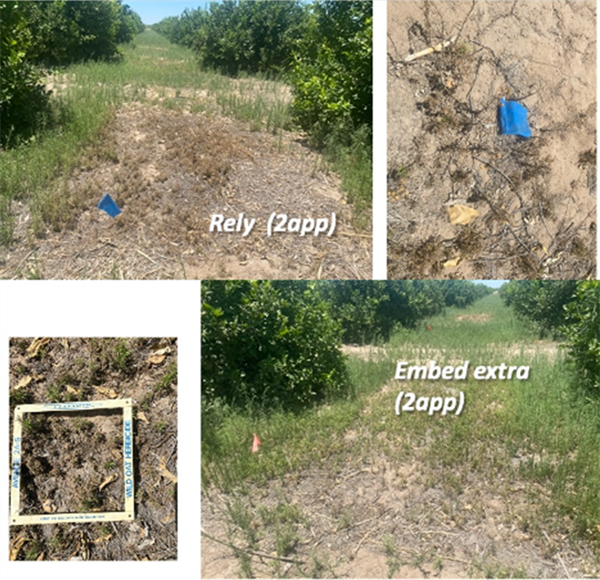-
Nov 28, 2012Pest Pressure on Desert Produce and Melon Crops in 2012At a recent meeting, I made the statement that the insect pest pressure on produce and melons crops in the Yuma area this fall was as heavy as I’ve seen it in many years. That comment was based largely on my observations, both on and off the Yuma Ag Center, as well as from anecdotal reports from PCAs and growers. This claim is further supported by a quick analysis of both recent and historic data on pest abundance recorded from our research plots here in the Yuma area. First, whitefly adult numbers on fall melons and produce were extremely high. In fact, my untreated melons plots on the Ag Center wilted and died rapidly as a direct result of heavy whitefly feeding. Furthermore, captures of whiteflies on yellow sticky traps placed near cantaloupe fields in the Wellton, Tacna Texas Hill area, were twice as high as they have been in the past 5 years, and CYSDV incidence in cantaloupe fields in this area was also higher in 2012. Similarly, worm pressure - particularly beet armyworm and cabbage looper- was higher than I’ve seen it in the past 6-7 years. Populations began infesting plots in early September, and egg deposition and larval development remained steady through October. In fact, worm numbers were 3-fold higher in 2012 than we what observed last fall. Additionally, corn earworm was present in higher numbers than what I’ve observed in past years. Finally, Bagrada bug infestations were the highest I’ve seen on the Ag Center since the invasive stinkbug first showed up in Yuma in 2009. The low-moderate population appeared in early September, but reached very high levels by mid-September and peaking in early October. The numbers I observed were much higher than the populations that occurred last season, and actually slightly higher than we saw in 2010. The infestation levels in our untreated broccoli plots this year remained at damaging levels throughout October. In contrast, thrips population numbers have been low, relative to what we normally see this time of the year, and I have not picked up any winged aphids or colonies on lettuce thus far. However, I’m not sure how that translates to potential population pressure in January and February, and you should anticipate them showing up as usual. I’ve been asked why the pest pressure was so relatively heavy this year. I really don’t know. Could the heavy monsoon moisture we had in July and August have been an influence? It may have, but it may not have. Insect abundance is dictated by many abiotic and biotic factors in our cropping system, and it’s nearly impossible to consider all the factors necessary to draw a reliable conclusion. Nonetheless, graphics showing these recent trends in Whitefly, CYSDV, Lep Larvae and Bagrada abundance can be found at Pest Abundance on Desert Produce and Melon Cops in 2012.To contact John Palumbo go to: jpalumbo@ag.Arizona.edu












